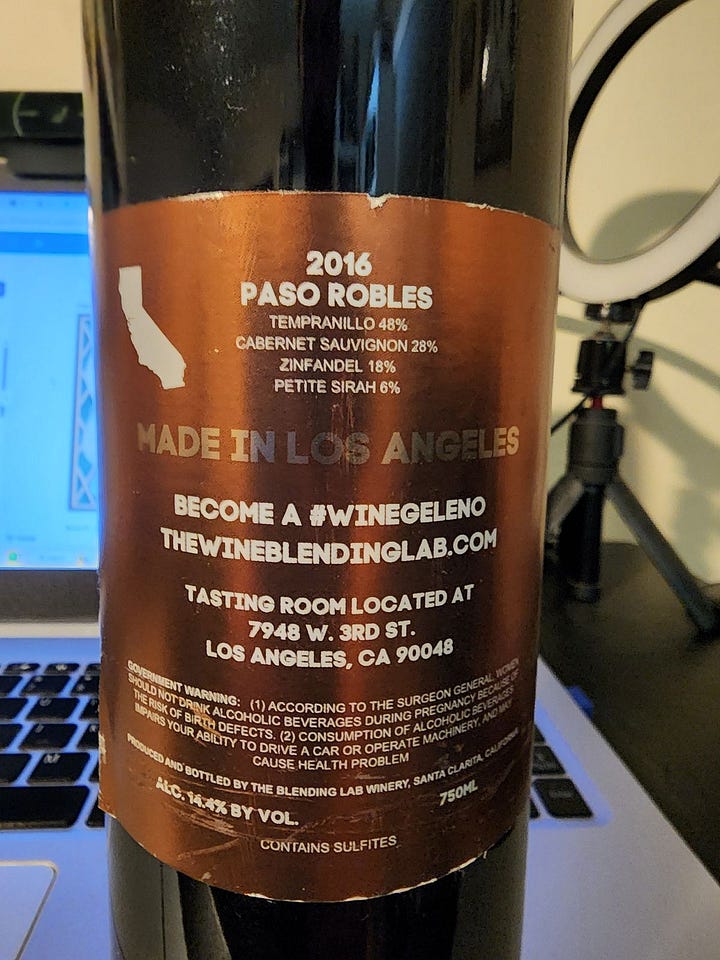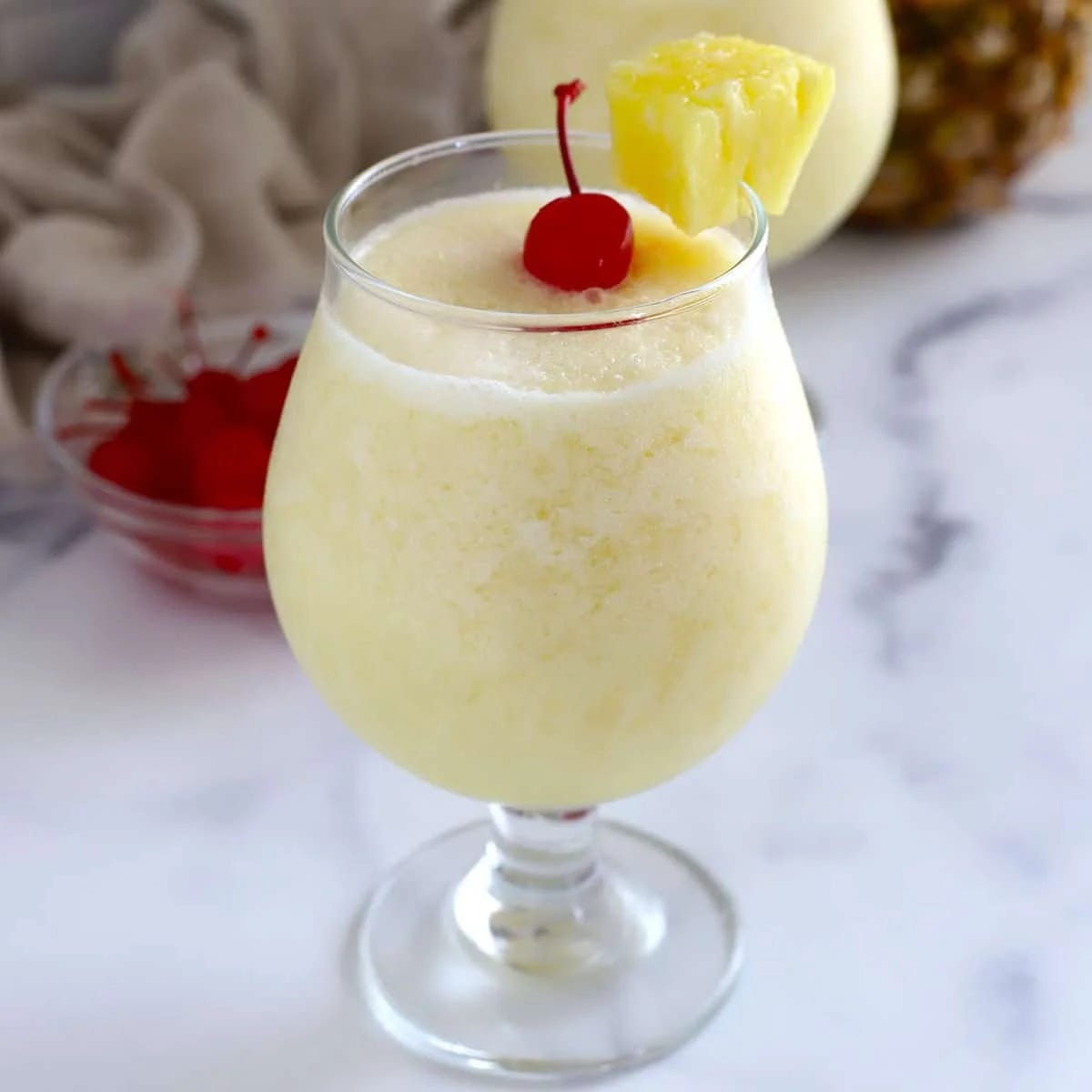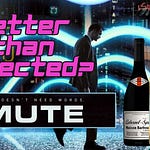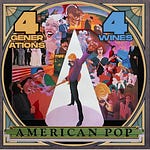You can also listen to this episode on your podcast platform of choice:
Today we’re joined by the incomparable Beth Lisogorsky of Beth's TV & Film Recommendations Substack fame. Beth is a film and TV analyst and pop culture critic. She’s written for PopMatters, Valleywag (part of Gawker media), The Boston Globe, and The Jerusalem Post and now watches ALL the TV (or it sure seems like she does) and film and let’s you know what’s worth watching, or not, and why, and the conversations over on her ‘Stack are half the fun in any event.
Beth selected WHITE LOTUS Season 1 to chat with us about. Yes, yes, y’all are deep into Season 3 already. But trust us: a revisit to Season 1 is something you want to do. We chat about the show’s history, it’s themes, it’s characters, it’s enormous strngths, its occassional weaknesses, and what changed for Beth between her original viewing of Season 1 and this revisit.
And as we learn in the show: you need to drink something special to survive rich peope. Or you could mainline cocaine like Armond. Do you.
The Drinks!
Beth’s Non-Alc Cocktail Pairing
Beth isn’t much for alcohol, but she did have an excellent match for Season 1 in terms of a non-alc drink. In her own words:
It fits with the prevalence of pineapples ("Pineapple room" - Armond's mention of denying the petulant toddler guests; and its mention in episode 3 with Shane and Armond, not to mention the upholstery being pineapples!
Virgin Piña Coladas
Ingredients
2 cups pineapple juice
3/4 cup cream of coconut
4 cups ice
Pineapple wedges for garnish
Maraschino cherries for garnish
Dallas’ Wine Pairing
The Blending Lab’s TeCSZPS (or, as the Polish maker of this wine, Magdalena Wojcik, calls it, their “Polish wine” - because the blend’s acronym looks like a Polish word!)


A Tempranillo-forward blend, red fruit and gritty tannins to match the tensions in the show, blended with the sweetness of Zinfandel and the silkiness of Cabernet Sauvignon and the body and heft of Petite Sirah to better reflect the show’s core vibes of tropical vacationing amongst the elites.
It doesn’t hurt that this bad boy’s got nearly 10 years of age on it, so melllloooowwww with some extra earthiness and spice. This is my (Dave’s) all-time fave Blending Lab wine, ever ever ever.
Only available from the Lab, and this isn’t listed on their website as it’s a library wine. But message me if you’re interested! ($55 per bottle, LA pickup or will ship anywhere it’s legal to do so.)
Dave’s Wine Pairing
Since White Lotus is largely concerned with colonialization and the treatment of the natives by, essentially, wealthy colonists, I went with a wine from a country that is still inhabited and controlled by its indigenous population.
Now that said, this country is also a colonizer in its own right, its most prominent colony eventually declaring independance and becoming Brazil. But I am on course talking about Portugal. And in a case of reverse cultural appropriation I chose a wine made from a French grape, that has now made its home in the Alentejo region of Portugal.
2020 DIVAI Alicante Bouschet, Alentejo, Portugal
Alicante Bouschet is a rare “teinturier” grape (Saperavi is another), which is a grape with red pulp/interiors as well as red skins! (So you can’t make a non-red wine with it!)
Temperature controlled fermentation of fully de-stemmed bunches in stainless steel vats. Deep red color, intense fruit flavor complemented by long peppery finish. Deep and complex aroma of bramble fruits, touch of wet wood. Solid body, rich and balanced, elegant tannic structure. This is a surprising red, equal parts robust and elegant. If you’ve never tried a pure Alicante Bouschet before, I highly recommend it.
If you’re in North America, Diniz Cellars carries it and can ship throughout the continent. For everyone else, here’s an AI-free Google search!
Fun Facts About Hawaii Mentioned on the Pod
Regarding the Tourism Industry and Worker Pay (Attempting Some Back-of-Napkin Math)
In 2019, tourism brought in 17.75 billion, spent by tourists.
2.07 billion went to state tax revenue
216,000 jobs supported
239,000 visitors daily
Let's set aside 5 billion for both non-wage operating costs and profits. For all the companies combined. So that’s likely undercounting it, but let’s be optimistic about how much is left for employees.
That would leave $10.05 billion for wages, for all 216,000 employees.
That comes out to $49K per worker. (And remeber, this is optimistic.)
According to the state, the cost of living in Hawaii today is $20-$25 per hour or $55,000+ annually to live comfortably.
This changes from area to area, so for example cost of living in Honolulu requires residents to have an income of $200,000+ to live comfortably!
Which is why workers and the indigenous people don’t live in the same areas as the resorts. They live in villages that suffer another troubling issue…
UXO’s (Unexploded Ordnances)
Post-WWII, the US military took over large swaths of Hawaii as trainging and testing grounds.
In the Waikoloa Maneuver Area, they battered parts of Hawaii Island with grenades, mortars, and bombs. Officials estimate thousands of unexploded ordnances remain scattered throughout several West Hawaii Island communities ― a reality that impacts everything from daily life to future planning.
There have been 2,700 UXO recovered, with thousands more still likely to be found. The area is 100,000 Football fields in size, which makes the search a long-term project.
Yet this is where many locals have been pushed to settle in, where villages have arisen, as resorts and tourists get the coastal areas and "clean" areas. A local library took over 20 years of planning just to build, and it was still a risk. Many villages still don't have basics, like a police station, or school, or library.
So the next time you’re in Hawaii. Ffs, tip the staff. All of them.


















